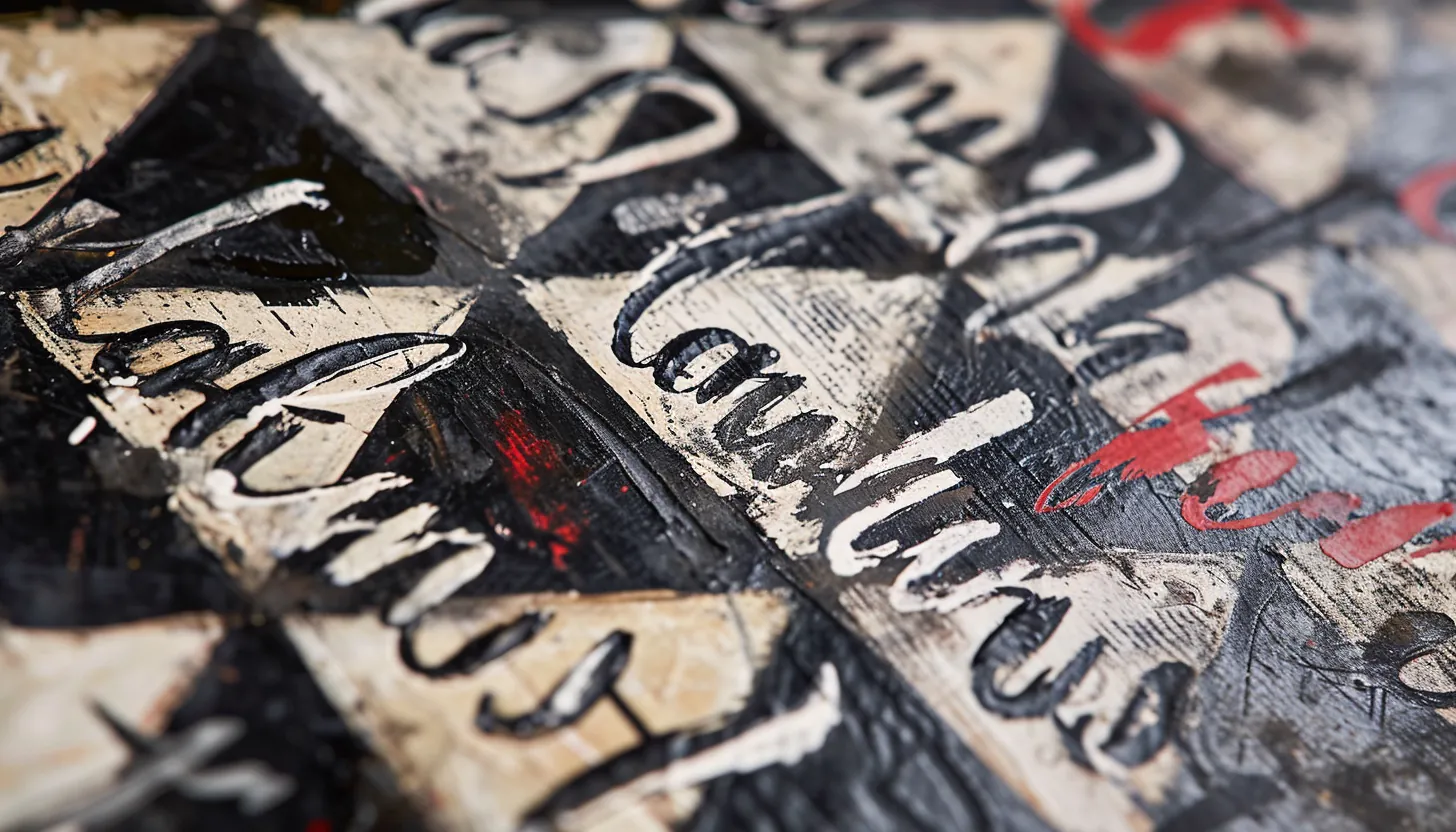The Vos variant (1.32-28 18-23 2.33-29 23x32 3.37x28 20-25) seemed to have in recent years gradually disappeared from the opening repertoire of top grandmasters. But suddenly this variant is back in the foreground this year. Before we get into a game played from this opening, I would first like to answer the question why grandmasters with black play this opening in the first place. Surely they know that white has a better position? Personally, I see the following advantages to play the Vos variant with black:
- White cannot quickly exchange pieces.
- White cannot switch to an equal classical game.
- White has to play active and principal to avoid getting a passive position.
- The positions resulting from the Vos variant are complicated and require a lot of calculations (which will be evident from the game I am about to discuss).
- Grandmasters who play this opening with black can prepare themselves well for their opponent's counterplay (again, see the game below).
Draughts has a large draw margin. The aim of an opening is therefore often not to get a better position, but rather exciting and complicated play, where the opponent cannot exchange pieces quickly. The Vos variant is an excellent variant for this.

